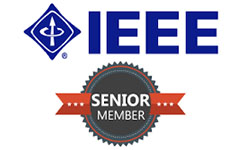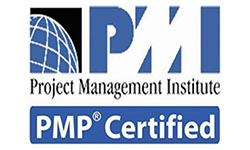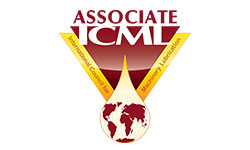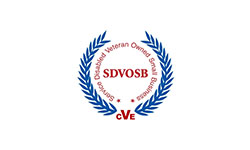PLCS FOR NON-PROGRAMMERS
This development course is available in both virtual and in-person, instructor-led formats, it is a two-day introductory PLCs course from non-programmers. They will convert the seemingly complex world of automation and programmable logic controllers (PLCs) into practical lessons the average non-programmer can understand. Team members will learn to speak the PLC language, read and interpret PLC ladder logic, troubleshot PLC systems and components and fix the
most common PLC problems on their own.
Description:
This course focuses on understanding PLCs; how they work, terminology, and the hardware and software elements that make up a programmable logic controller. Team members will learn a systematic approach to troubleshooting; how to set-up and configure local, remote, hierarchical and distributive control systems; how to configure Input/Output modules using various slot addressing techniques; how to understand program and data table file organization, number systems and processor information flow; and how basic relay type instructions, timers and counters, & data manipulation instructions can be used to achieve PLC solutions.
Course Outline:
Day One – Topics
Day One of our PLC training focuses on understanding PLCs; how they work, terminology, and the hardware and software elements that make up a programmable logic controller. We will begin to examine the primary causes of faults associated with PLC based control systems: Input/Output devices and field wiring. You will learn to use both hardware and software to find these faults quickly. Team members will learn a systematic approach to troubleshooting; how to set-up and configure local, remote, hierarchical and distributive control systems; how to configure Input/Output modules using various slot addressing techniques; how to understand program and data table file organization, number systems and processor information flow; and how basic relay type instructions, timers and counters, & data manipulation instructions can be used to achieve the PLC solution
you want. This focus during the PLC training will stretch into day two. Speaking the Language of PLCs
1. HardwareFocus
2. How PLCs Work
a. Past
b. Present
c. Future
3. PLC Terminology
a. Parts of a PLC
b. Input Interfaces
c. Processor
d. Output Interfaces
e. Power Supplies
f. Programming Terminals
4. Hardware Considerations
a. FieldWiring
b. Master Control Relay
c. Isolation Transformers
d. Grounding
Day Two – Topics
Reading PLC Ladder Logic
1. Organization and Function of Ladder
2. Logic Ladder Logic Data Table Organization
a. NumberingSystems
b. Data Table Files
c. Bit, Word and File Addressing
3. IntroductiontoProgramming
4. Common PLC & PID Instructions
a. BasicRelay
b. Counters and Timers
c. Data Transfer
5. Organization
a. Subroutine Files
b. Selectable Timed Interrupt (STI) Files
c. Jumps and MCR Instructions
d. FaultRoutines
6. Relating the PLC to “Real World” Applications
7. Troubleshooting PLC Systems & Components
a. Safety
b. Forcing of Input Data Table & Output Devices
c. Identifying I/O Field Device Fault
d. Identifying I/O Module Faults
e. Identifying System Faults Using the Data Monitor Screen
f. Using the Processor Status and I/O Status Screen
8. Finding & Fixing the 10 Most Common PLC Problems
a. The “Ultimate PLC Troubleshooting Flowchart”
b. Using Troubleshooting Tools
c. Using Software Tools
d. “Real World” Case Studies










